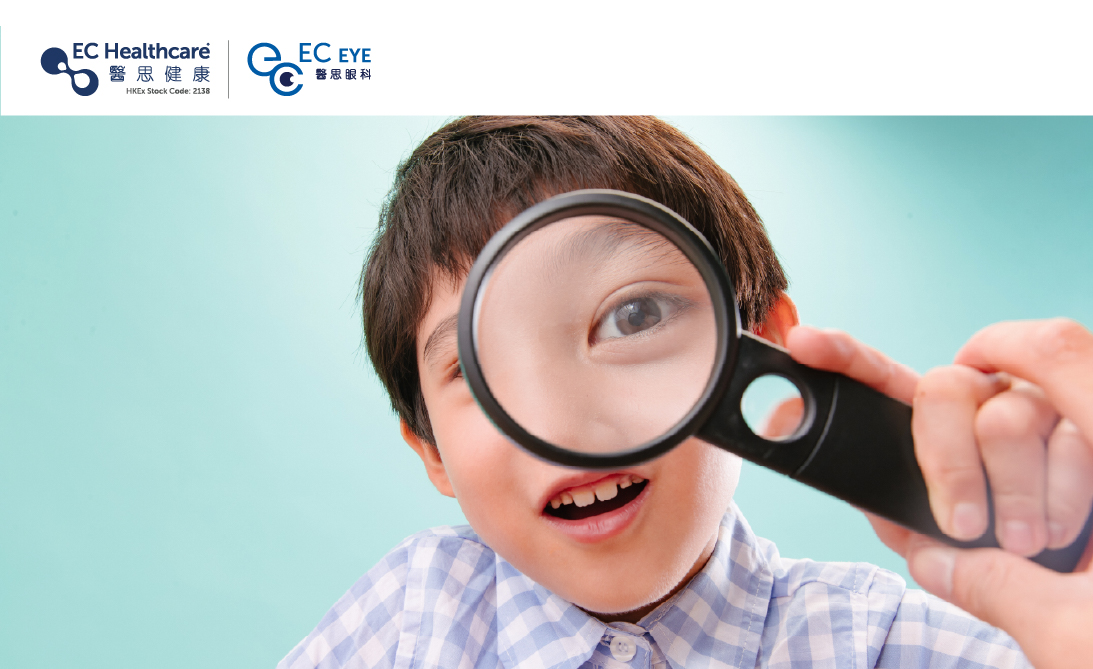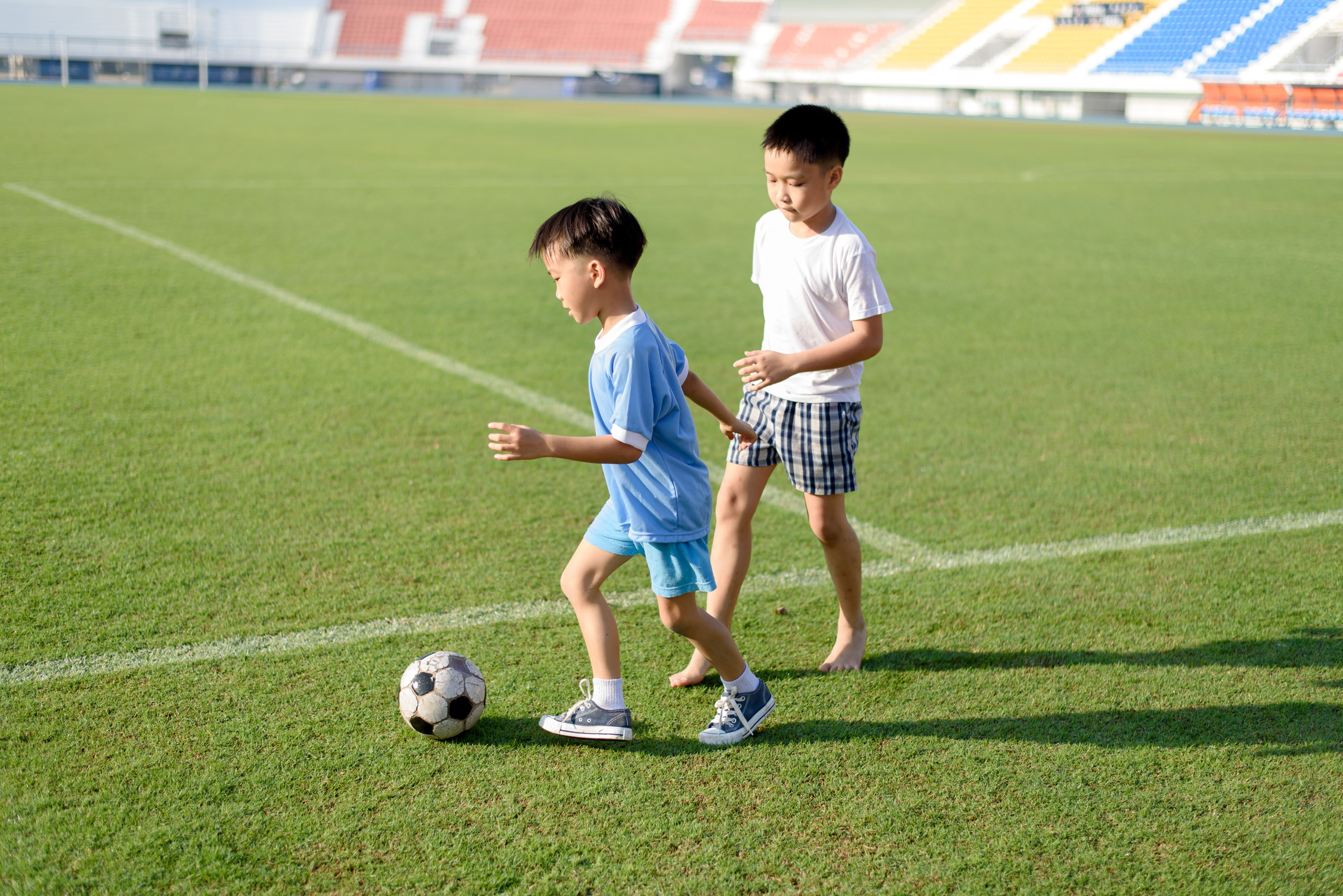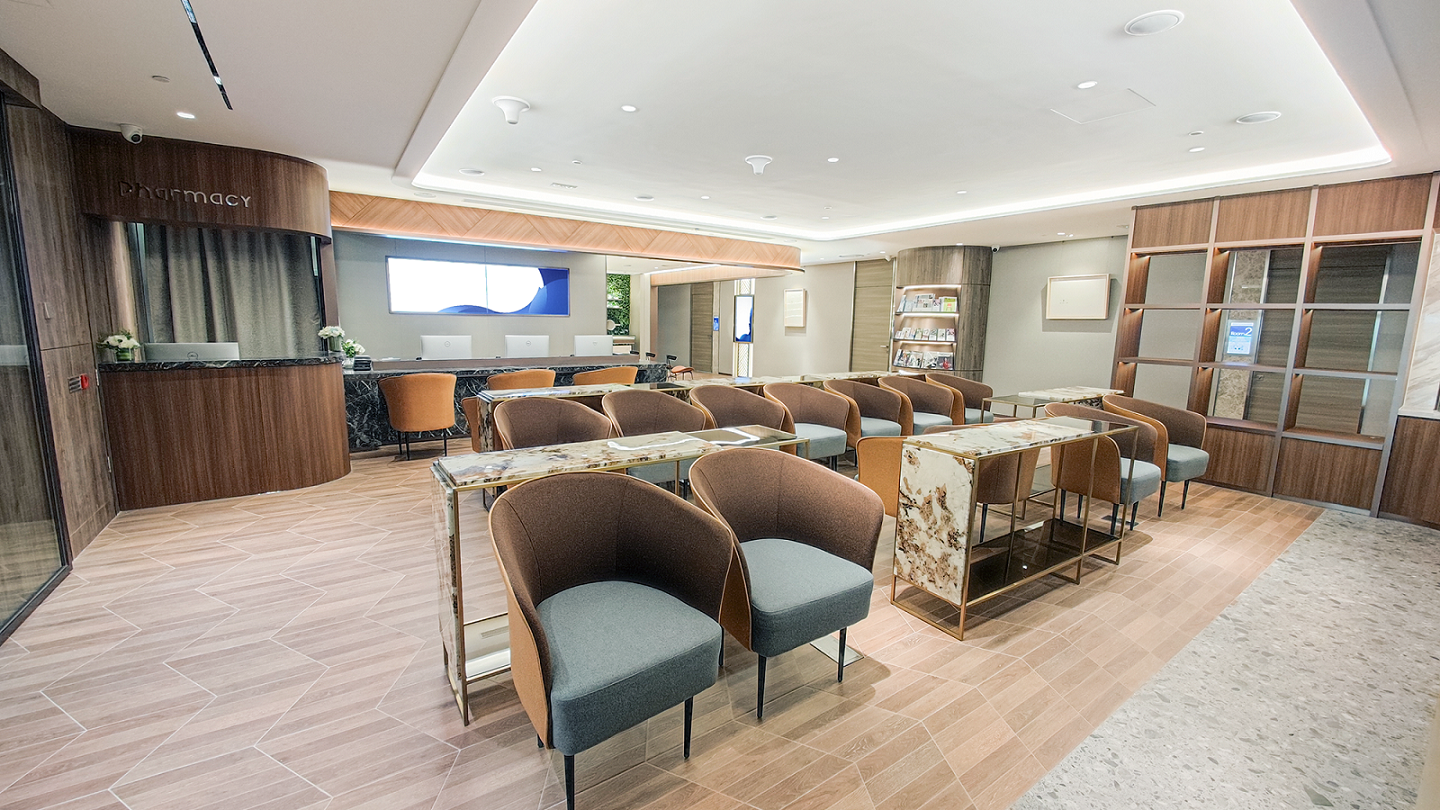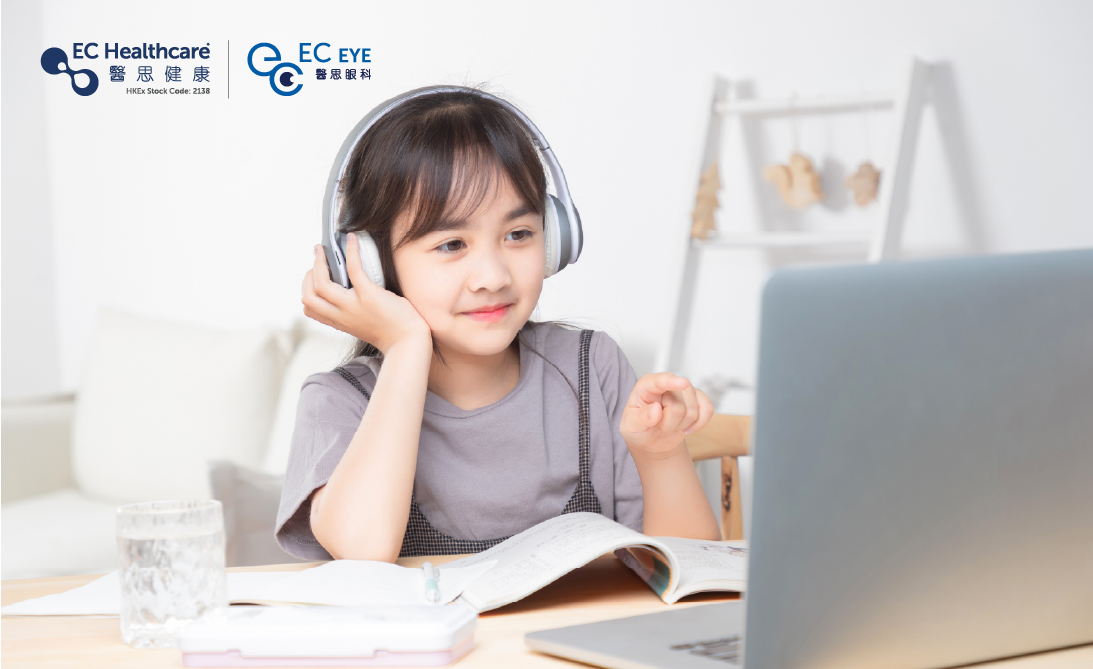Summer eye care tips


Children are starting their summer holiday one after another, and many parents are worried about what summer activities to arrange for them. Parents are afraid of heat stroke for their children regarding the hot weather, so they often arrange indoor activities for them. But it turns out that allowing children to spend 200 minutes of outdoor activities per week can effectively slow down the progression of myopia and prevent myopia!

What impact does myopia have on school children?
The number of young children in Hong Kong suffering from myopia has always been high. About 36% of school children aged 6 to 8 in Hong Kong have myopia¹. Unfortunately, once myopia occurs, it cannot be reversed. Not only will distant objects be blurred throughout the patient's life, but high myopia may also increase the risk of serious eye diseases such as retinal detachment, macular degeneration, and glaucoma. Therefore, how to prevent children from developing myopia during the schooling stage, or even earlier, has become an important challenge.
It turns out that the child is born with hyperopia?
In fact, every child is born with physiological hyperopia because their eyes are not fully developed, the axial length of the eye is short, and the adjustment ability of the lens is weak. This condition will gradually lessen with age, but if a child overuses his eyes since childhood, the consumption of this "hyperopia reserve" will be accelerated, causing myopia to appear faster. The following are reference indicators for children’s “hyperopia reserve” at different ages:
Newborn babies: 200 to 300 degrees physiological hyperopia
0 to 3 years old: 100 to 200 degrees physiological hyperopia
4 to 6 years old: 50 to 150 degrees physiological hyperopia
7 to 12 years old: Physiological hyperopia basically disappears, usually no more than 50 degrees
Outdoor activities are beneficial to young children
If you want to reduce the chance that children will exhaust their "hyperopia reserve" prematurely and develop myopia, in addition to reducing the time they use electronic products, they must abide by the 20-20-20 rule (look at things 20 feet away every 20 minutes and take a 20-minute break), appropriate screen brightness and ambient light, and a series of other measures, increase Children’s outdoor activity time is also very helpful in reducing the risk of myopia.
If school children receive 200 minutes of sunshine per week, the risk of myopia can be reduced by 49%; if outdoor activities exceed 11 hours per week, the risk of myopia can be reduced by 55% on average in 1 year! The reason is that the blue light in the sun can promote the production of dopamine in the retina, inhibit the elongation of the eye axis, and help the eyes of school children develop and mature. At the same time, being in a broad, bright, and distant outdoor environment can help children relax the ciliary muscles of their eyes and reduce eye fatigue. However, direct sunlight should be avoided.
Taking advantage of this summer vacation, parents may wish to take their children to get closer to nature to relieve academic pressure, increase their physical activity, improve their physical quality, and protect their eye health. In addition, don’t forget to take your children for regular eye examinations every year.
¹ Prevalence of Myopia in Children Before, During, and After COVID-19 Restrictions in Hong Kong
Disclaimer: This article is prepared by an independent third party and is not sponsored. The content provided is solely for informational purposes and should not be considered a substitute for professional medical advice, diagnosis, or treatment. It does not represent any specific viewpoint. In the event of any discomfort or health issues, it is advised to seek medical attention promptly.
Related Brands

